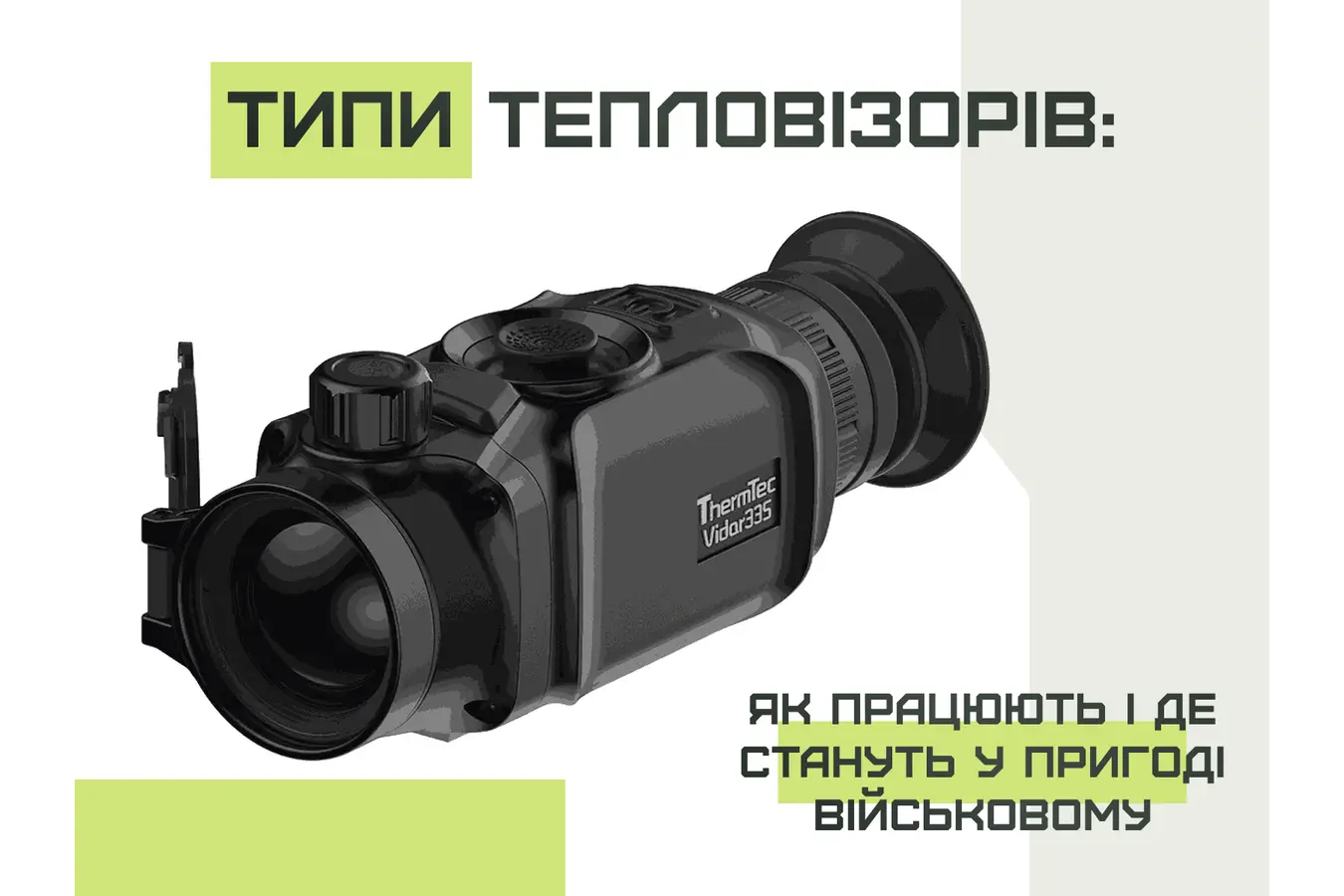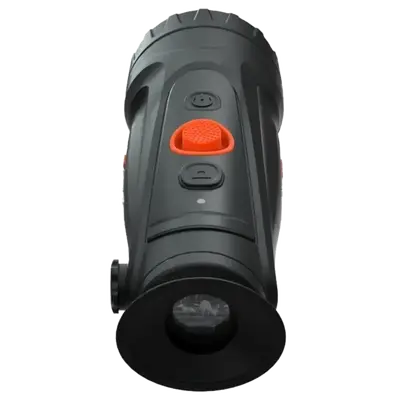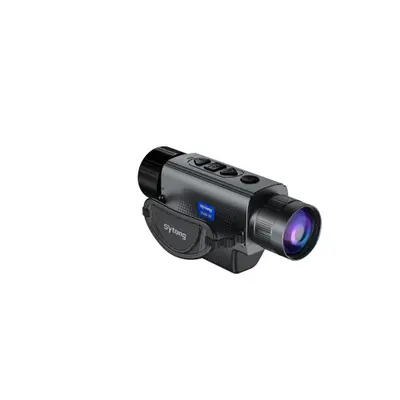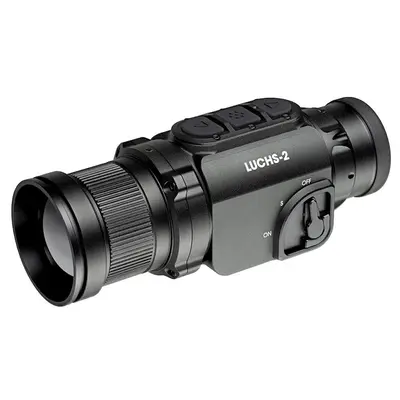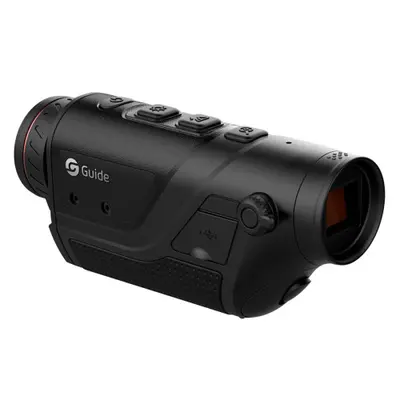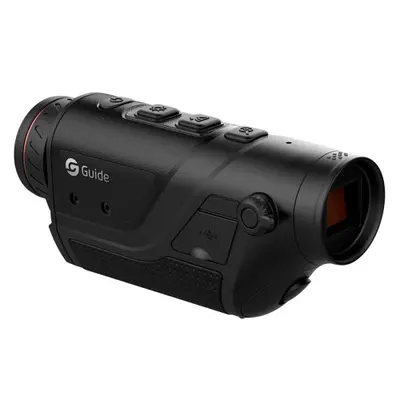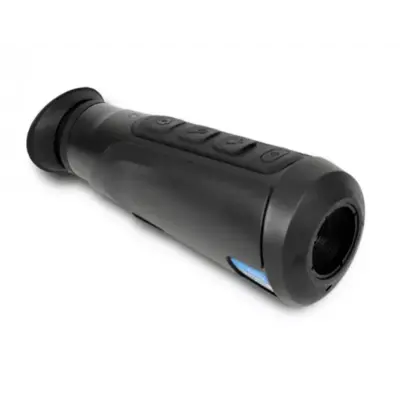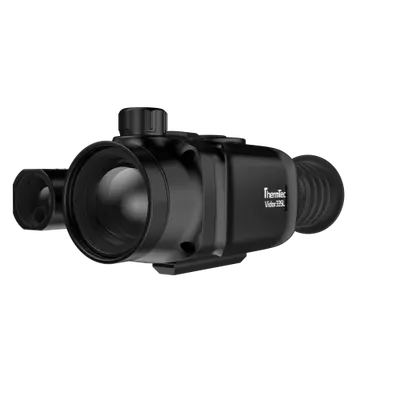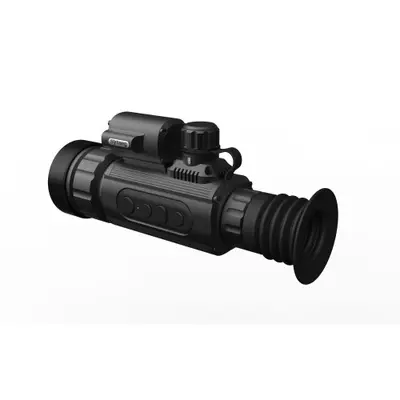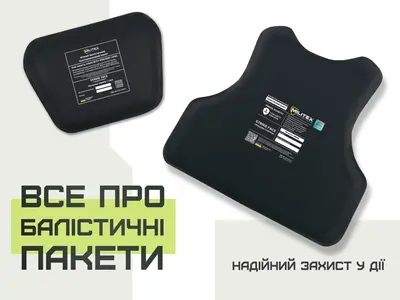A thermal imager is a special device of a portable or stationary type, with the help of which the thermal distribution of the object's temperature in the infrared range is registered. During the registration process, the device can transmit information to the screen online, after which the operator sees it in the desired spectrum. The picture on the display paints certain elements of the object in different colors.
The scope of application of such a device is diverse. First of all, they are used for military purposes, as well as during the protection of special territories and objects. Thermal imagers are also in demand in construction - if necessary, to determine the effectiveness of building insulation. In medicine, special models can be used to identify certain diseases. They are also used for rapid diagnostics and monitoring of the health of equipment in industry. They are used in rescue services, metallurgy, hunting, science, etc.
What does a thermal imager look like and how does it work?
Externally, such devices may differ from each other, depending on their design and scope of application. However, they usually have an extremely compact and portable design for convenient use and transportation. They are quite easy to hold in your hands and fix on a tripod if necessary. The case is often made of durable materials in the form of plastic or metal or in their optimal combination. Protection of internal elements is provided by special dense rubber plugs. Manufacturers mainly create the required level of protection of thermal imagers from water, dust and dirt. Such protection is achieved through the use of wear-resistant materials that are treated with a special coating.
From the point of view of the principle of operation of thermal imagers, they can be considered as a recorder of infrared radiation. In this case, the device has the ability to transform the wave range into a spectrum that is accessible for perception by the human eye. If the temperature distribution in the object is uneven, different segments on the display will be highlighted in different colors.
The general simplified diagram of the thermal imager includes the following elements of the working parts:
window for receiving infrared radiation waves;
a specialized lens that is characterized by a high level of sensitivity to this type of rays;
device controller that ensures operation in automatic mode;
- specialized recorder sensor or sensor;
display for displaying the obtained scanning results;
device management system
Extremely great attention is paid to the screen and sensor during the manufacture of devices, namely the materials and technologies for their manufacture. It is these elements that mainly determine the final cost of each individual model. Modern sensors are characterized by a matrix type and are called bolometers. They have the ability to effectively determine the temperature difference with an indicator actually in hundredths of a degree.
Thermal imager: what is it as a type of model
Users can purchase devices of this type in several types. Some of them are used exclusively for observations - for example, by the military, hunters or rescue services. Such products are characterized by a long operating range, but in some ways they may be limited in characteristics. Regarding the format of their functionality, it is worth highlighting the following types of devices for different uses:
observational - they display a picture formed by heat rays, which is converted into a visible spectrum of light;
measuring - work similarly to observational, but have the ability to assign an additional temperature value to signal points of light; their distinctive feature is the ability to assess the temperature distribution of the object being examined at a specific moment;
visual - these devices allow you to monitor areas with temperature deviations from normal.
Classification of devices in terms of manufacturing form provides for the presence of portable and stationary models. In the first case, they are small in size, equipped with a convenient holder for transportation to various objects. In the second case, the products have more significant dimensions, can be installed on various specialized equipment and be an additional part of optical devices, increasing their functionality.
It is also worth noting the types of thermal imagers, taking into account their purpose:
construction - help find heat losses in buildings, working in the range of up to 350°;
sighting - outwardly similar to classic binoculars;
industrial type - devices with sensitive sensors and full-color screens used in large enterprises;
army - used by the military to search and locate the location of enemy forces in the dark, in fog, or in other similar conditions;
medical - stationary models that transmit images to a computer;
household - they connect to smartphones and display images on phone screens.
hunting - devices with rangefinders in the form of a handheld or helmet-mounted monocular;
Thermal imaging camera: how it works and how to use it
Usually people are interested in the question of how a thermal imager works on a person, and how to control it. Modern production of these devices makes it possible to use them as simply as possible. Each product is equipped with an on-off button, an eyepiece with an installed microdisplay and a lens that allows you to conduct observations. All the nuances of changing the settings are also extremely simple and do not require special skills. A military thermal imager allows you to see well both day and night, through thick fog and dense smoke. At the same time, even not dense vegetation is not an obstacle for the observer. The main purpose of a thermal imager is the need to see and display a heat-contrast object on the device display.
Thermal imager: why and in what form are they used by the military
The vast majority of devices used in military affairs can be roughly divided into the following categories:
Thermal imaging sights: how to choose a thermal imager
This is a complex optoelectronic device that can be combined with the majority of firearms. Their main purpose is to perform special tasks. Such products can also be used by security guards and hunters. The basis of the thermal imaging sight is the conversion of thermal radiation from living organisms into light that the human eye can see. When choosing devices of this type, you need to pay attention to the following points:
- Resolution. It is calculated in terms of the number of pixels on the screen. The highest value will indicate the maximum efficiency of the device. A decent option is a screen with a resolution of 640 by 480 pixels or more.
Pixel size. Here the smaller figure is important, which determines the detail of the picture. The optimal option for efficient device models will be 25 or 17 microns.
Frame refresh rate. The recommended rate is considered to be 20-25 frames per second. For the best models, it can be 60 frames. In turn, a low frequency of 9 Hz will cause the image to slow down and create a trail behind a moving target.
Spectrum sensitivity. In such devices, this indicator can be short-wave or long-wave. For scopes, long waves are more often characteristic, since such a mode does not require additional cooling of the camera. Short-wave variations are mostly stationary.
Matrix calibration. This can be done using a shutter, a cover, or an electronic system, or using all of these techniques.
Lens material. The best option would be elements with germanium, which are treated with a layer of titanium alloy.
Focus distance. It comes in different values - from 20 to 150 m. For powerful rifles, it is recommended to choose sights with a large distance parameter.
It is also worth paying attention to the range of detection of the object and its identification. In the first case, the indicator indicates the distance at which the target will be visible. The second indicates the ability to accurately identify a specific object. The operating temperature range is another important point for selection. At the same time, you should know that thermal imagers with LED screens do not work at temperatures below 5°, while OLED screens function perfectly at -30°.
Thermal imaging monoculars
The peculiarity of such devices is compactness, mobility and ease of use. When choosing this device option, the following should be considered:
Resolution, which affects the detail of the image. For budget models, it is 160 by 120 pixels, for professional models it is 640 by 512 pixels.
- Thermal sensitivity. This refers to the accuracy with which monoculars determine the temperature difference at the boundary between the object and the surrounding environment. Modern models often have this indicator at the level of 40-60 or 80 mK.
Object detection range. For military thermal imagers-monoculars, this indicator is desirable at a level of 1000 m. For everyday use, you can choose a device with smaller parameters.
In addition, the top thermal imagers for the military quite often include such a variety as thermal imaging binoculars. Outwardly, they have a rather unusual appearance, resembling binoculars, but having one lens and two digital screens for convenient observation. The image from the lens is processed and transmitted to both screens, which makes it possible to comfortably see the target without eye fatigue. The devices are most often developed on the basis of special detectors, have a full-color display with high resolution.
Advantages of thermal imagers in military applications
The most important task of every fighter during night military operations is to save his life. That is why this device is considered an indispensable attribute of such raids, having many advantages in use. The answer to the question of what a thermal imager is is well known to virtually everyone today. In military affairs at the present stage, this device is indispensable. Its use involves several goals at once:
Target identification. Using a thermal imager, soldiers can quickly locate an enemy, even if they are behind a wall or building. This allows them to make effective decisions quickly and increases their chances of winning the battle.
Bullet trajectory determination. Thanks to a special device, the exact location of the shooter is determined - even if he is in a closed place
Terrain surveillance. Thermal imagers help to quickly find hidden objects in the form of buildings, uneven terrain, vegetation, etc. This allows you to collect information about the terrain and quickly make effective decisions
Determining the presence of combat units. Soldiers quickly locate enemy combat vehicles, tanks, and other equipment.
Search and rescue. In night combat, thermal imagers help locate and rescue wounded soldiers.
The high efficiency of such devices is not the only advantage of their use on the battlefield. It is also worth noting the safety of using thermal imagers. They help to quickly find the enemy, remaining alone in cover. In addition, thermal imagers are quite versatile options for optical equipment that can be used in different conditions and on different types of terrain. They work very well even in bad weather conditions. Thermal imagers are very easy to use. They do not require special training of soldiers, and most models are equipped with a convenient and simple interface that is easy to operate in combat conditions. Having a fairly high range of object detection, they allow you to work effectively at long distances, which significantly reduces the reaction time of the soldier and increases the chance of success.
